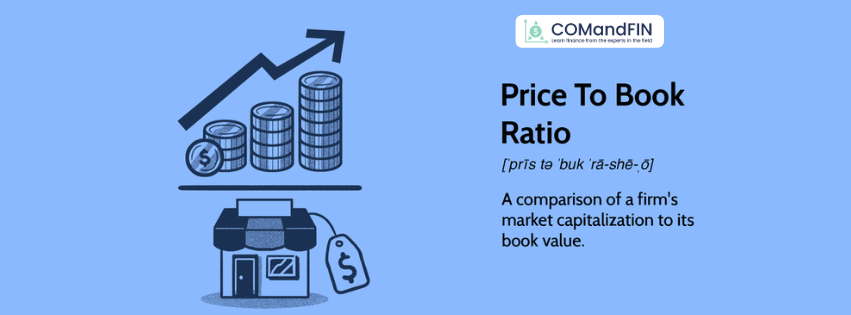27.png)
Introduction
The Price-to-Book (P/B) ratio is a vital financial metric that helps investors and analysts evaluate a company’s relative valuation. By dividing the current market price per share of a company’s stock by its book value per share, this ratio provides insights into the financial health of the business. Let’s delve into the significance of the P/B ratio and explore how it can guide investment decisions.
Main Content
The P/B ratio serves as a financial standard to understand how the market perceives a company’s value relative to its book value. The formula for calculating the P/B ratio is:
P/B Ratio = Market Price per Share / Book Value per Share
Key Functions of the P/B Ratio:
- Assessing Overvaluation or Undervaluation:
- If the P/B ratio is greater than 1, it indicates that the market price exceeds the company’s book value, suggesting overvaluation.
- Conversely, a P/B ratio less than 1 implies that the market price is below the book value, indicating undervaluation and potential investment opportunities.
- Decision-Making Tool for Investors:
- The P/B ratio assists investors in deciding whether to buy or sell a stock based on its relative valuation.

Key Takeaways
- Comparative Analysis Across Financial Metrics:
P/B ratios integrate data from a company’s balance sheet, income statement, and cash flow statement, providing a holistic view of financial performance.
- Critical for Informed Investment Decisions:
Investors use P/B ratios to identify whether stocks are attractively priced or risky investments.
- Industries Where P/B Ratios are Especially Relevant:
- Banking and Financial Services: Substantial tangible assets make P/B ratios offer clear valuation insights.
- Real Estate: High asset dependency makes P/B ratios a reliable metric for valuation.
- Straightforward Valuation Assessment:
The P/B ratio offers a simple way to judge a stock’s value, saving investors time and effort.
Conclusion
The P/B ratio is an essential tool for investors aiming to make informed decisions, particularly in value investing. By evaluating whether a stock is overvalued or undervalued, the P/B ratio helps investors uncover opportunities that align with their financial goals.
The next time you’re analyzing a stock, consider the P/B ratio. It could be the key to discovering your next great investment opportunity.
#InvestmentTips #StockMarketAnalysis #FinanceEducation #ValueInvesting #PBRatio #FinancialMetrics


Example:
Stock trading at $50 per share; book value per share is $25.
P/B Ratio = $50 / $25 = 2
This means the stock is trading at twice its book value, which might indicate overvaluation unless justified by growth prospects.
Stock trading at $30 per share; book value per share is $40.
P/B Ratio = $30 / $40 = 0.75
This suggests the stock is undervalued, potentially offering a good buying opportunity for value investors.